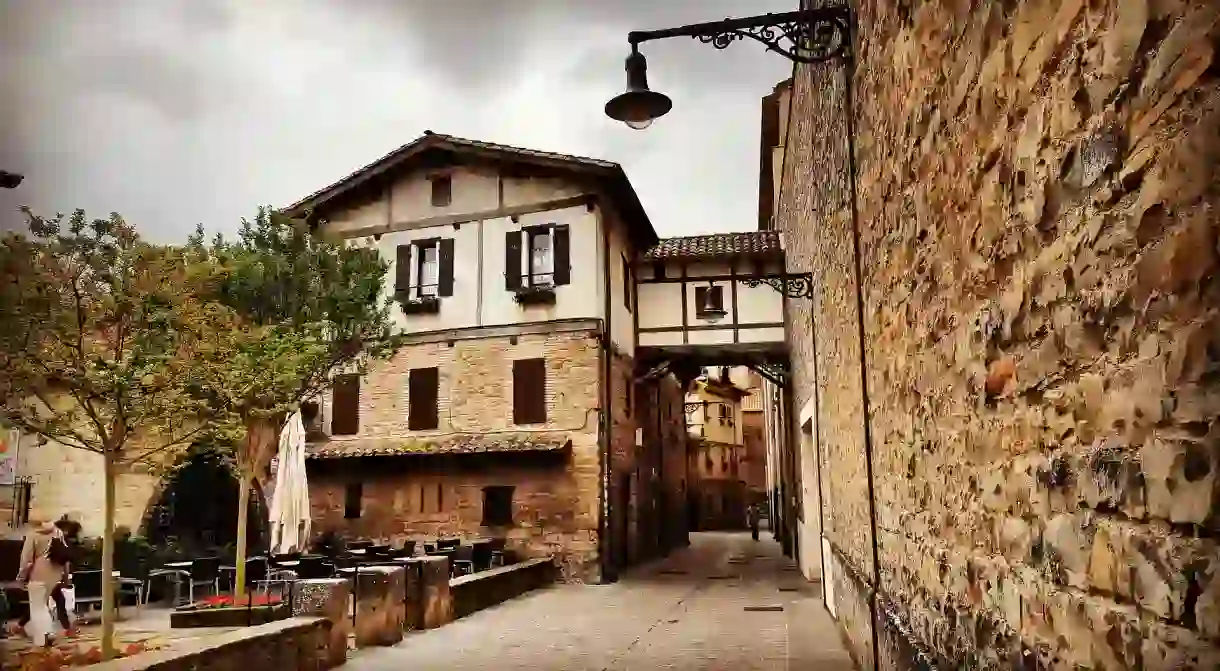A Guide to Pamplona's Diverse Neighbourhoods

The Navarran city of Pamplona is hardly sprawling, nevertheless it has a number of different districts, each with their own distinct feel and sights to see. Here’s our guide to the diverse neighbourhoods to be found in the city.
Casco Viejo
The heart of the city and Pamplona’s Old Quarter is the Casco Viejo. A medieval neighbourhood full of small windy streets and tall narrow houses with wrought iron balconies, it’s home to some of the city’s most important monuments such as La Catedral de Santa María la Real de Pamplona, the Town Hall (Ayuntamiento) and the atmospheric Plaza del Castillo. Roman in origin, the Casco Viejo is surrounded by the old Pamplona City Walls, built between the 16th and 18th centuries, and featuring some of the best-preserved bastions in Europe. Also within the walls is the Citadel – a fortress built by Philip II in 1571.

Ensanche 1
Primer Ensanche is the area that lies just to the southeast of the Casco Viejo, and to the right of the old Citadel. It was built as an expansion to the city between 1890 and 1900 to meet the needs of its growing population. In order to build this area, it was necessary to break one of the bastions of the Citadel. Ensanche I is home to the famous Plaza del Toros where the bulls run during the San Fermín Festival – the ‘Running of the Bulls’, as well as the famous Monumento al Encierro statue of the bull run.
Monumento al Encierro, Av. Roncesvalles, s/n, 31002 Pamplona, Navarra

Ensanche 2
The Segundo Ensanche is the expansion of the first Ensanche. It stretches southwards beyond the Citadel and was built from 1920 to 1950. When it was complete, many of the Old Town’s commercial and financial services moved here. Today it’s home to many shopping streets, banks, restaurants and bars. The area is not home to many sights, apart from the Plaza de la Libertad and its impressive Monumento a los Caídos, fronted by a spectacular fountain.

Iturrama
The area south of the Citadel is Iturrama, which was built during the 1960s and 70s. Today it’s the most populated area of the city and has a handful of high rises, as well as hotels. Just below the neighbourhood, you’ll find the vast Navarra University campus, along with the excellent University Museum of Navarra, the best place in the city of Pamplona to see world class artworks. The museum showcases pieces by celebrated artists such as Pablo Picasso, Vasili Kandinsky, Mark Rothko, Eduardo Chillida, Jorge Oteiza and Antoni Tàpies, as well as a whole section dedicated to contemporary photography.
University Museum of Navarra, Calle Universidad, 2-058, 31009 Pamplona, Navarra

San Juan
The neighbourhood of San Juan lies to the left of Iturrama, and south of the citadel. The neighbourhood was mainly built in the 1960s, and today contains many apartment buildings, churches and government buildings such as the Palace of Justice. At the southwestern end of the district lies Yamaguchi Park, a Japanese-inspired park made by the city of Yamaguchi, which is twinned with Pamplona. The park is dotted with elements such as oriental plants, Japanese bridges, ponds and a fountain.

Ermitagaña-Mendebaldea
The joint neighbourhoods of Ermitagaña-Mendebaldea lie to the southwest of San Juan and to the west of Iturrama. The construction of the area began in 1985 and finished in the early 90s. It’s a thriving area, home to the Pablo Sarasate Music Conservatory and the new Public Central Library of Navarre, and also lies within easy walking distance of Yamaguchi Park and the University of Navarra. To the west of Ermitagaña-Mendebaldea lies the Agra River and city outskirts.














